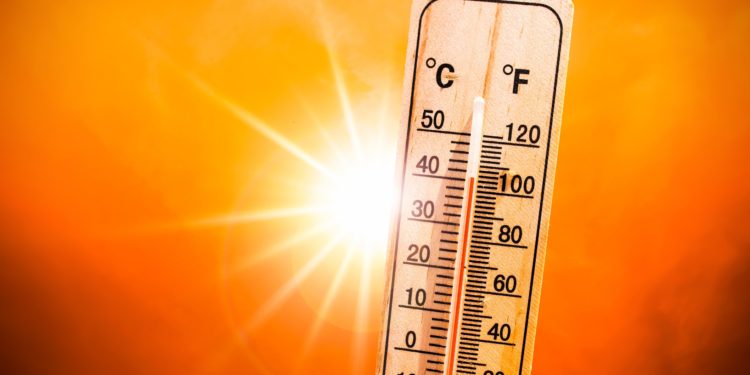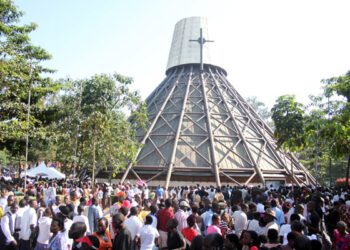By CHIMPREPORTS
The Uganda National Meteorological Authority (UNMA) has released its forecast for February, predicting warmer than average temperatures across most of the country. While sunny and dry conditions are expected to dominate, the report highlights potential impacts on various sectors and offers crucial advisories for communities.
According to the meteorological authority, maximum temperatures are expected to soar in the range of 30°C to 32°C and even higher in the Northern, Eastern, and around Kyoga Basin regions.
Bob Ogwang, the Executive Director of UNMA, added that, “Other parts of the country can anticipate temperatures ranging from 24°C to 28°C. Notably, highland areas such as Rwenzori, Elgon, and Kigezi are projected to experience cooler temperatures ranging from 8°C to 22°C.”
Similarly, minimum temperatures are forecasted to vary across the country, with the northern half likely to experience temperatures between 20°C and 26°C, while the rest of Uganda may see minimum temperatures dipping below 20°C.
“The mean temperature for February is expected to range from 24°C to 28°C in the northern half and from 20°C to 24°C in the southern half. However, the western rift valley areas are predicted to experience even higher temperatures ranging from 28°C to 30°C,” said Ogwang.
These temperature projections stem from various climate drivers influencing Uganda’s weather patterns in February.
Factors such as the prevailing El Niño conditions, Equatorial Sea Surface Temperatures, Indian Ocean Dipole, and the influence of high-pressure systems alongside local geographical features all contribute to shaping the country’s climate outlook.
The Executive Director also pointed out, “Despite the warmth expected, concerns arise regarding potential impacts on various sectors. The persistent dry conditions coupled with high temperatures may lead to increased incidents of respiratory and eye diseases due to dusty and windy conditions.”
“Furthermore, reduced pastures for animals and potential water resource depletion could aggravate human-wildlife conflicts and agricultural challenges. Additionally, there is a heightened risk of malaria outbreaks due to favorable conditions for mosquito breeding.”
In response to these forecasts, UNMA issues several advisories aimed at mitigating potential adverse effects.
These include community health education campaigns, increased surveillance of disease incidences, stockpiling of medicines, practicing good sanitation and hygiene, utilizing mosquito nets, driving cautiously during foggy conditions, monitoring crop and animal health, and implementing land preparation measures for anticipated rains.
The review of January’s rainfall performance indicates a spill-over of seasonal rainfall with substantial precipitation recorded in Kigezi, Lake Victoria Basin, and Eastern regions.
“The highest amount of rainfall during the month was recorded at Kabale Station with a total of 249.4mm. The lowest rainfall was experienced at Ruhengyere station in Kiruhura district, Nyabyeya forest station in Masindi district, and Butiaba station in Bulisa district, all with 0.0mm,” said Ogwang.







Discussion about this post